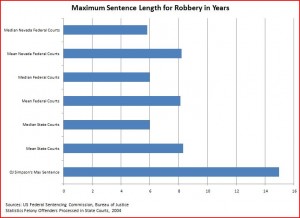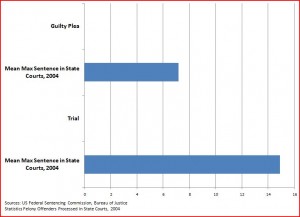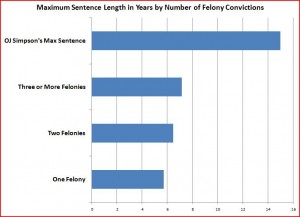 my inside-out class at the oregon state penitentiary this fall was an exercise in engaging in public criminology from the classroom. of course, i would argue that holding the class in a maximum-security prison already makes it a form of public criminology, but this quarter we took our efforts several steps further. along with reading two books, writing several essays, and getting to know students from the other side of the wall (inmates from the penitentiary and college students from oregon state university), the class developed a community service project and wrote letters to the editors of local newspapers.
my inside-out class at the oregon state penitentiary this fall was an exercise in engaging in public criminology from the classroom. of course, i would argue that holding the class in a maximum-security prison already makes it a form of public criminology, but this quarter we took our efforts several steps further. along with reading two books, writing several essays, and getting to know students from the other side of the wall (inmates from the penitentiary and college students from oregon state university), the class developed a community service project and wrote letters to the editors of local newspapers.
the focus of the class was on delinquency prevention. i challenged the 31 students to work together to come up with group projects that they could implement in less than 10 weeks. it was a difficult process at times, but they ultimately did a great job. the most visible aspect of the project was a hygiene drive to collect new products (shampoo, toothbrushes, tooth paste, razors, deodorant, gloves, socks, etc.) for at risk and homeless teens. perhaps most impressive given their relative resources, inmates in the penitentiary donated nine boxes of new items they purchased at the prison canteen. we added more donations from prison staff, sociology faculty, and the osu football team; we also bought several more bags of products with money raised by the outside students. 10 of the outside students (in the photo) and i had a great time dropping off the donations at the HOME youth & resource center in salem.
along with the hygiene drive, students went through and painstakingly updated a resource guide for homeless teens. inmates from the class wrote anonymous letters to the at-risk youth, offering their stories and testimonials and encouraging the youth to make the best possible choices in their own lives. the class also created “truth and consequences” templates for table tents that offer facts about crime and sentencing, personal examples, and encouragement to young people; they sent the templates to local high schools in case they choose to use them in their lunchrooms.
finally, this sunday the salem statesman journal devoted most of the space on its opinion pages to our inside-out class, publishing an editorial about the class and our project; excerpts from eight inmates’ letters to the editor; and excerpts from four outside students’ letters to the editor. if you get a chance, check them out. you might be surprised what the guys inside have to add to a conversation about preventing delinquency or the impact of mandatory-minimum sentences.
all in all, i think it was a pretty successful quarter and a good example of bringing public criminology into — or, more accurately, out of — the classroom.
 the st. louis post-dispatch reports on a new journal of law and economics study showing that traffic tickets go up when local government revenues go down.
the st. louis post-dispatch reports on a new journal of law and economics study showing that traffic tickets go up when local government revenues go down.









 slaverymap.org
slaverymap.org